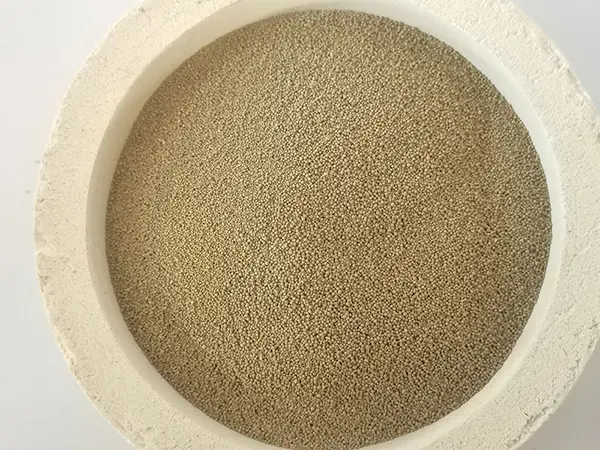The Best Way to Sand Stainless Steel
Sanding stainless steel can be a daunting task, especially if you're aiming for a professional finish. Whether you’re working on a kitchen appliance, a piece of furniture, or a boat, getting the right technique and tools is crucial. In this article, we will explore the best methods to sand stainless steel efficiently while achieving a smooth, polished surface.
Understanding Stainless Steel
Before diving into the sanding process, it’s important to understand what stainless steel is. Stainless steel is an alloy composed of iron, carbon, and chromium. Its unique properties make it resistant to rust and corrosion, but these same qualities can also make it challenging to sand properly. The hardness of stainless steel requires specific techniques and materials to avoid damage.
Choosing the Right Tools
1. Sanding Discs For power tools, use sanding discs specifically designed for metal. Look for discs made from aluminum oxide or zirconia, as these materials are effective for cutting through tough surfaces.
2. Hand Sanding Blocks If you prefer manual sanding, consider using a sanding block with sandpaper. Choose grit levels wisely—start with something coarser (around 120-220 grit) for initial work and then move to finer grits (320-600 grit) for a smooth finish.
3. Angle Grinder or Orbital Sander For larger projects, an angle grinder fitted with a sanding disc or an orbital sander can save time and effort. However, be cautious as these tools can generate a lot of heat, potentially damaging the stainless steel.
The Sanding Process
best way to sand stainless steel

1. Prepare the Surface Before sanding, ensure the surface is clean and free from any debris. Use a degreaser to remove grease and grime. This step is essential as contaminants can interfere with the sanding process and produce scratches.
2. Start with Coarse Grit Begin by using your chosen coarse grit (120-220 grit) disc or sandpaper. Apply even pressure and work in one direction. It’s important to avoid circular motions, as this can create swirl marks that are difficult to remove later.
3. Change Grit Gradually As you achieve a smoother surface, switch to finer grits progressively. This method helps to reduce the risk of deeper scratches. Work your way up to 600 grit or finer, depending on the desired finish.
4. Use Water or Lubrication To reduce friction and prevent overheating, consider using water or a metalworking lubricant while sanding. This technique can produce a better finish and extends the life of your sanding materials.
5. Finish with Polishing After achieving the desired smoothness through sanding, consider polishing the stainless steel for an extra shine. Use a polishing compound and a soft cloth or buffing wheel. This will enhance the appearance and provide additional protection against corrosion.
Safety Precautions
When sanding stainless steel, always wear appropriate safety gear, including gloves, eye protection, and a dust mask. Stainless steel dust can be harmful if inhaled, so ensure proper ventilation in your workspace.
Conclusion
Sanding stainless steel might seem intimidating at first, but with the right tools, techniques, and safety measures, you can achieve a professional finish with ease. By using the appropriate sanding materials and methods, you can enhance the appearance of any stainless steel surface, making it not only functional but also visually pleasing. Happy sanding!
Post time:Říj . 12, 2024 12:10
Next:investment vs sand casting
